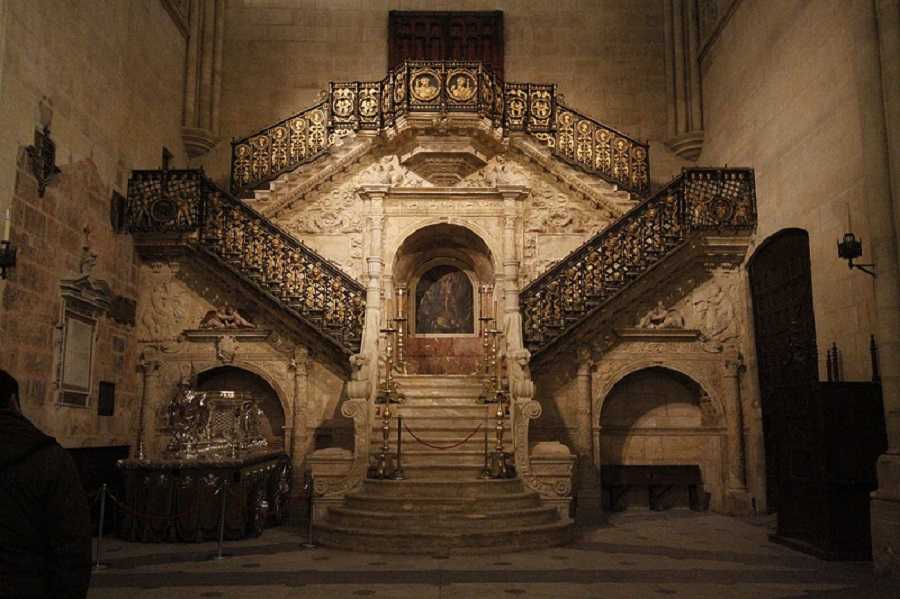The Cathedral of Burgos, located in the heart of Spain, is a stunning example of Gothic architecture and a must-visit for anyone exploring the region. This magnificent structure, recognized as a UNESCO World Heritage site, offers a glimpse into the rich history and artistic achievements of medieval Spain. Whether you’re an architecture enthusiast, a history buff, or simply a curious traveler, the Cathedral of Burgos promises an unforgettable experience.
What to See
As you approach the Cathedral of Burgos, you’ll be immediately struck by its impressive façade, adorned with intricate sculptures and towering spires. The exterior alone is a masterpiece, but the true beauty lies within. Step inside to discover a breathtaking interior filled with soaring vaulted ceilings, stunning stained glass windows, and an array of chapels, each more ornate than the last. Don’t miss the Chapel of the Constable, known for its exquisite Renaissance design, and the Golden Staircase, a marvel of craftsmanship. The cathedral also houses the tomb of El Cid, the legendary Spanish knight, adding a layer of historical intrigue to your visit.
A Bit of History and Interesting Facts
Construction of the Cathedral of Burgos began in 1221, under the reign of King Ferdinand III of Castile, and continued for several centuries, resulting in a blend of architectural styles. The cathedral is dedicated to the Virgin Mary and has been a significant religious site for nearly 800 years. One interesting fact is that the cathedral’s spires were not completed until the 15th century, showcasing the evolution of Gothic architecture over time. Another fascinating tidbit is that the cathedral was one of the first in Spain to be declared a UNESCO World Heritage site, in 1984, highlighting its cultural and historical importance.
Getting There and Tips for First-Time Visitors
The Cathedral of Burgos is conveniently located in the city center, making it easily accessible by foot if you’re staying nearby. If you’re coming from further afield, Burgos is well-connected by train and bus services from major Spanish cities like Madrid and Bilbao. Once you arrive, the cathedral is just a short walk from the main train station. For first-time visitors, it’s worth noting that the cathedral is open to the public daily, but hours may vary, so it’s a good idea to check ahead. Guided tours are available and highly recommended, as they provide valuable insights into the cathedral’s history and architecture. Remember to dress modestly, as it is a place of worship, and take your time to fully appreciate the intricate details and serene atmosphere.








